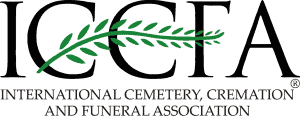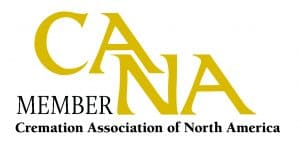A new analysis of mortality rates in the United States during different times of the year has found that people are more likely to die during the holidays – namely on Christmas Day and New Year’s Day.
A group of sociologists analyzed all the official death certificates during a 25-year period in the U.S. between 1979 and 2004, and conducted that there has been an excess of 42,325 natural deaths in the two weeks around the Christmas holiday period. This excess is above and beyond what would be considered the normal seasonal increase in the death rate in the U.S.
The study, published in the journal Social Science & Medicine, is from researchers David Phillips, Gwendolyn Barker and Kimberly Brewer. Professor Phillips of the University of California stated that the findings are “not trivial” and indicate that more people die in hospital emergency wards, or are DOA, on Christmas Day, Boxing Day and New Year’s Day than any other days of the year.
Phillips said that the team’s analysis of 57.5 million death certificates shows that the chance of dying during the holiday period increases “somewhere between 3% and 9% depending on the demographic group you look at, and between 1% and 10%, depending on the cause of death analyzed.”
The results of this study pose more questions about the reasons behind this trend in excessive death rate.
It is speculated that psychological stress can make a difference, but for this to occur so specifically on a precise day, and for a huge range of diseases, makes it an unlikely sole determining factor.
Other possibilities are such things as emergency department overcrowding and staff shortages, winter travel, cold weather and substance abuse. However, none of these offer singular convincing evidence of determining the trend.
With a terminal illness, such as cancer, the rise of deaths in hospitals at this time of year, is cancelled out by decrease of deaths in other medical settings like hospices or even at home.
Phillips claims the next steps in research is to follow up and try and identify the mechanisms that contribute to this spike in the death rate at Christmas. “For now, the message, is to pay attention to your health, and to your health resources, particularly on these two occasions.”
© 2025 US Funerals Online

